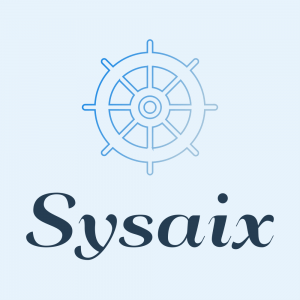
synk (also known as synk-scanner) is a tool developed by Open Source Security, Inc. (OSSEC) that can be used to scan container images and other software dependencies for vulnerabilities. It is designed to identify vulnerabilities in a variety of software dependencies, including container images, packages, libraries, and more.
synk uses a database of known vulnerabilities to scan dependencies and identify any vulnerabilities that may be present. It can be run from the command line and provides a web-based user interface for managing and analyzing scan results.
In addition to vulnerability scanning, synk also supports a number of other security features, such as compliance checks and reporting. It is designed to provide a comprehensive security solution for software dependencies and can be used in conjunction with other tools, such as trivy or grype, to improve the overall security posture of your applications.
One of the main usage areas of synk is in the development and deployment of containerized applications. By scanning container images for vulnerabilities before they are deployed, organizations can help to ensure that their applications are secure and free from known vulnerabilities. This can help to prevent attacks and reduce the risk of data breaches.
synk can also be used in a variety of other contexts to help improve the security of software dependencies. For example, it can be used to scan packages before they are installed in a production environment, or to scan libraries before they are added to a project. By identifying and addressing vulnerabilities in software dependencies, organizations can help to reduce the risk of security breaches and improve the overall security posture of their applications.
Overall, the real-world purpose of synk is to help organizations improve the security of their containerized applications and other software dependencies by identifying and addressing vulnerabilities. By using synk as part of a comprehensive security strategy, organizations can help to reduce the risk of data breaches and ensure the integrity and security of their applications.
The source of this vulnerability database is not publicly disclosed by Open Source Security, Inc. (OSSEC), the developer of synk.
It is common for security tools to use proprietary databases of known vulnerabilities in order to provide accurate and up-to-date information on potential vulnerabilities. These databases are typically compiled by the tool developers based on a variety of sources, including publicly disclosed vulnerabilities, private vulnerability reports, and other sources of information.
In the case of synk, it is likely that the vulnerability database is compiled and maintained by the OSSEC team based on a variety of sources.
Here are ten examples of using synk to scan container images and other software dependencies for vulnerabilities in a real-world context:
- Scanning a container image before deploying it to production:
synk scan docker://registry.example.com/myapp:latestScanning a package before installing it in a production environment:
synk scan npm://lodashScanning a library before adding it to a project:
synk scan pip://pycryptoScanning a container image and writing the results to a file for later analysis:
synk scan --output scan_results.json docker://registry.example.com/myapp:latestScanning a package and excluding vulnerabilities of low severity:
synk scan --severity MEDIUM npm://lodashScanning a library and ignoring unfixed vulnerabilities:
synk scan --ignore-unfixed pip://pycryptoScanning a container image and using a custom vulnerability database:
synk scan --db custom_db.json docker://registry.example.com/myapp:latestScanning a package and using a custom configuration file:
synk scan --config custom_config.yaml npm://lodashScanning a library and including only vulnerabilities of high or critical severity:
synk scan --severity HIGH pip://pycryptoScanning a container image and excluding a specific vulnerability:
synk scan --exclude-vulnerability CVE-2020-1234 docker://registry.example.com/myapp:latest






